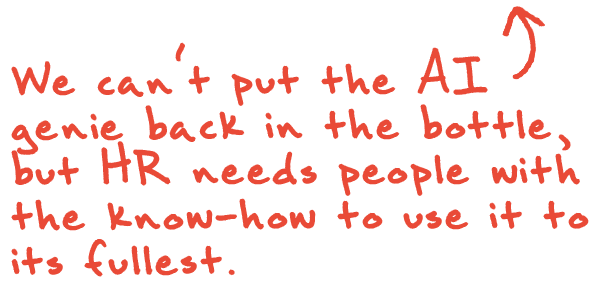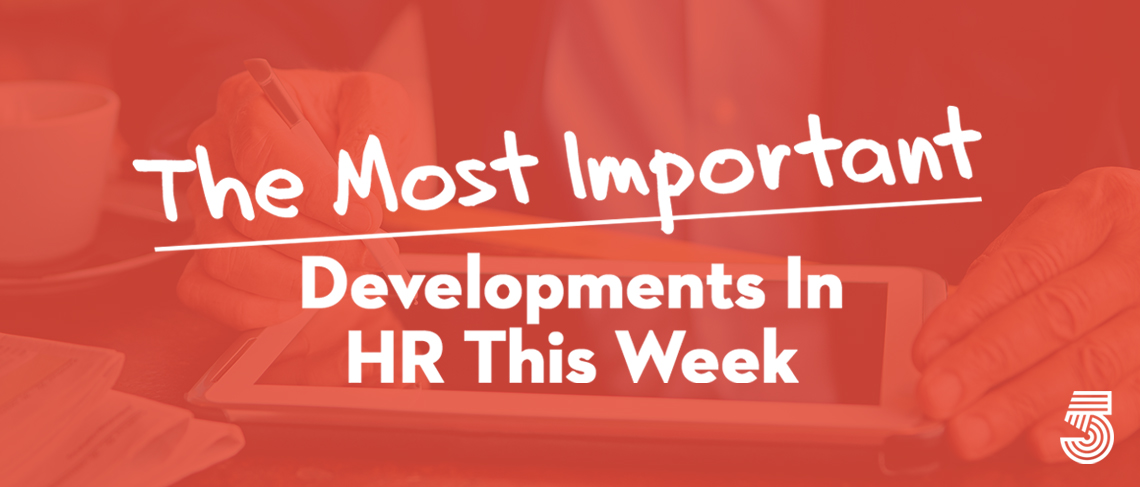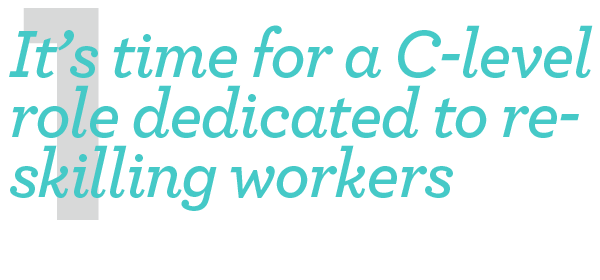
Although corporate leaders have talked about skills gaps for years, the spread of automation and artificial intelligence is prompting some of the biggest companies — Amazon, JPMorgan Chase, and AT&T, to name just a few — to take action, not with small pilots but with comprehensive plans to retrain large segments of their workforces. These programs signal that the “future of work” is no longer an event on the distant horizon. It’s already here. In an age of rapid technological change and industry disruptions, organizations need to learn how to keep learning — not just today but on an ongoing basis. But how to do it? Companies need to build the next new professional corporate function: reskilling. HBR
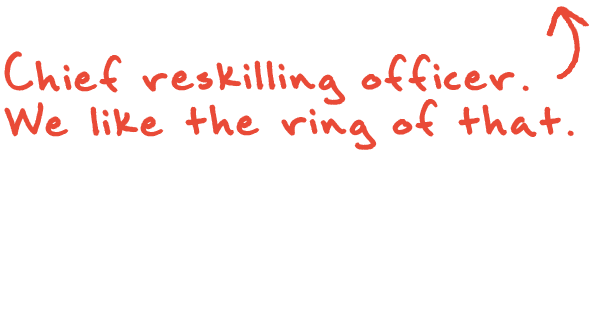
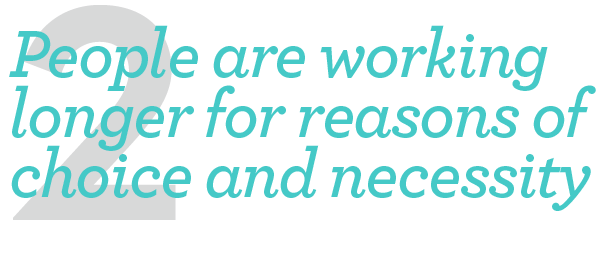
Across the developed world, the workforce now comes in 50 shades of gray. Since 2008 the average labor-force participation rate of 55- to 64-year-olds in OECD countries has risen by eight percentage points. Depending on your point of view, that trend can be spun as ruthless capitalism requiring workers to spend more years down the salt mines or as a sign that society is finally recognizing the value of its older employees. A new OECD report, “Working Better with Age,” points out that the employment of older workers is vital if prosperity is to be maintained. The Economist
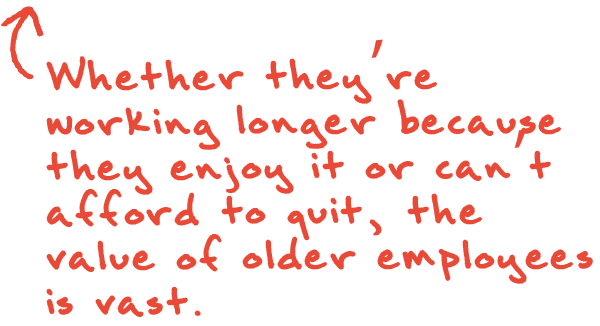
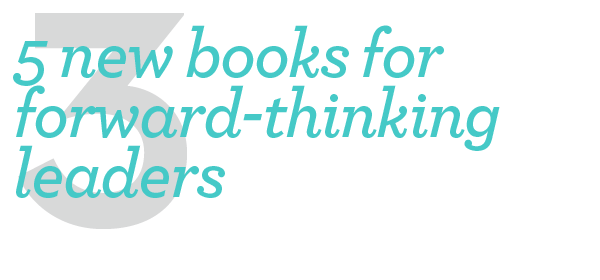
Thought-provoking HR reading list of new books about the workplace, recommended by SHRM. They focus on the future of work, leadership practices, and building a better workplace. A couple of highlights: “Architects of Intelligence: The Truth about AI from the People Building It” by Martin Ford interviews the brightest minds in AI, who talk about its effect on business, ethics, analytics, marketing, and the future of work. “Investing in People: Financial Impact of Human Resources Initiatives” by Wayne Cascio, John Boudreau, and Alexis Fink looks at the art of linking human capital and critical outcomes. Read the article for the full list. SHRM

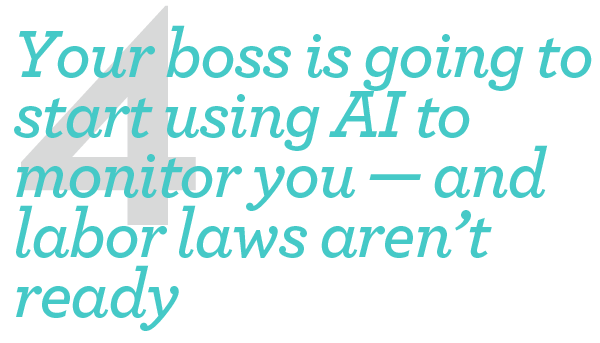
Jeffrey Hirsch, a labor and employment law scholar who researches the role of technology in the workplace, warns that significant changes need to be made to American workplace law as a result of the proliferation of AI. Here’s what he says about it: “Science fiction has long imagined a future in which humans constantly interact with robots and intelligent machines. This future is already happening in warehouses and manufacturing businesses. Other workers use virtual or augmented reality as part of their employment training, to assist them in performing their job or to interact with clients. And lots of workers are under automated surveillance from their employers. All that automation yields data that can be used to analyze workers’ performance. Those analyses, whether done by humans or software programs, may affect who is hired, fired, promoted, and given raises. Some artificial intelligence programs can mine and manipulate the data to predict future actions, such as who is likely to quit their job, or to diagnose medical conditions. Unless significant changes are made to American workplace laws, these sorts of surveillance and privacy invasions will be perfectly legal.” Fast Company

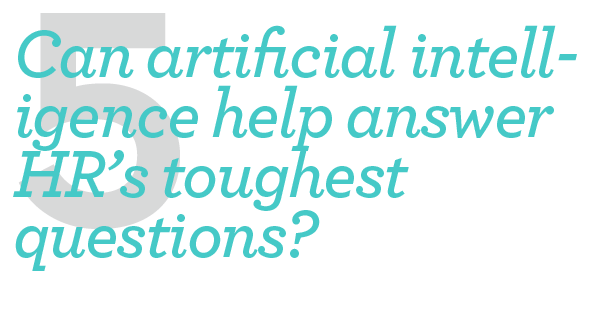
In this new podcast, Wharton professors Peter Cappelli and Prasanna Tambe discuss their new research about the challenges of using AI in HR. With companies continuing to shrink or outsource their human resources departments, it is tempting to augment that traditional business function with artificial intelligence. Data science holds so much promise for other fields that it makes sense for algorithms to replace imperfect human decision-making for hiring, firing, scheduling, and promoting. But new research from Cappelli and Tambe flashes a cautionary yellow light on using AI in human resources. In their paper, “Artificial Intelligence in Human Resources Management: Challenges and a Path Forward,” the professors show how limited data, the complexity of HR tasks, fairness, and accountability pose problems for digital HR. The study, which was co-authored by Valery Yakubovich, professor at ESSEC Business School and senior fellow at the Wharton Center for Human Resources, also looks at how to remedy those problems. Knowledge@Wharton
